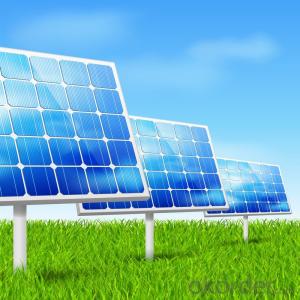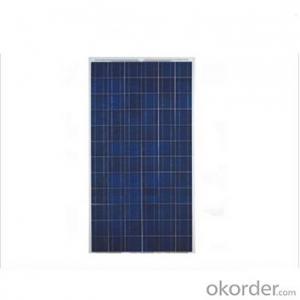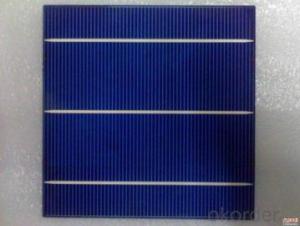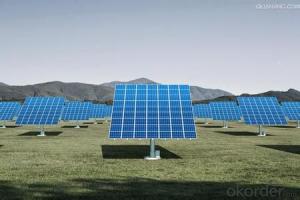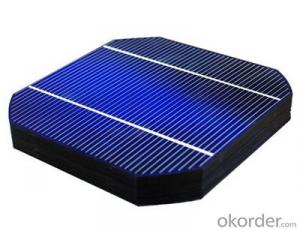Dye-Sensitised Solar Cells
Dye-Sensitised Solar Cells Related Searches
Dye-Sensitized Solar Cells Dye Sensitised Solar Cells Dye Sensitive Solar Cells Dye Sensitized Solar Cells Dye Based Solar Cells Printed Solar Cells Printable Solar Cells Highly Transparent Solar Cells High Temperature Solar Cells Screen Printed Solar Cells Folding Solar Cells High Quality Solar Cells Flexible Solar Cells Photovoltaic Solar Cells Chipped Solar Cells Foldable Solar Cells High Efficiency Solar Cells Multilayer Solar Cells Plant Based Solar Cells Bendable Solar Cells Floating Solar Cells Lightweight Solar Cells High Performance Solar Cells Residential Solar Cells Iii V Solar Cells Affordable Solar Cells Nano Solar Cells 3d Printed Solar Cells Better Solar Cells 3d Solar CellsDye-Sensitised Solar Cells Supplier & Manufacturer from China
Dye-Sensitised Solar Cells, also known as DSSCs, are a type of photovoltaic cell that harnesses sunlight to generate electricity. These cells consist of a dye-sensitised layer made from titanium dioxide nanoparticles and a light-absorbing dye, which work together to convert light into electrical energy. DSSCs are known for their efficiency and versatility, making them suitable for a wide range of applications.Dye-Sensitised Solar Cells find their application in various scenarios, from small-scale consumer electronics to large-scale power generation systems. They are particularly useful in areas with limited access to traditional power sources, as they can be easily integrated into buildings and other structures. Additionally, their flexibility and lightweight nature make them ideal for portable devices and outdoor applications, such as charging stations for electronic devices or powering remote sensors.
Okorder.com is a leading wholesale supplier of Dye-Sensitised Solar Cells, offering a comprehensive inventory to meet the diverse needs of customers worldwide. With a commitment to quality and customer satisfaction, Okorder.com ensures that the Dye-Sensitised Solar Cells they provide are of the highest standard, making them a reliable choice for businesses and individuals seeking to harness the power of solar energy.
Hot Products

